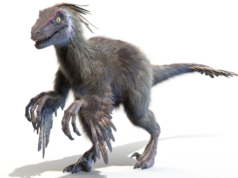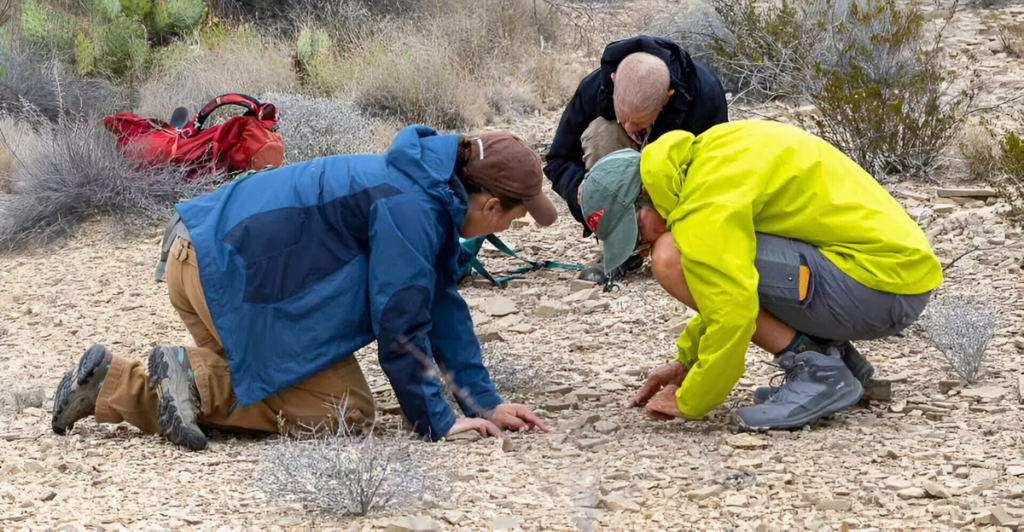
Nature still has secrets, even in the places we think we know best. For the first time in 50 years, scientists have discovered a brand-new species in Big Bend National Park—a rare plant called the Wooly Devil. With its fuzzy leaves and horn-like shape, this hidden gem proves that even well-explored landscapes hold surprises. So, how was it found, and why is it such a big deal?
A Botanical Breakthrough
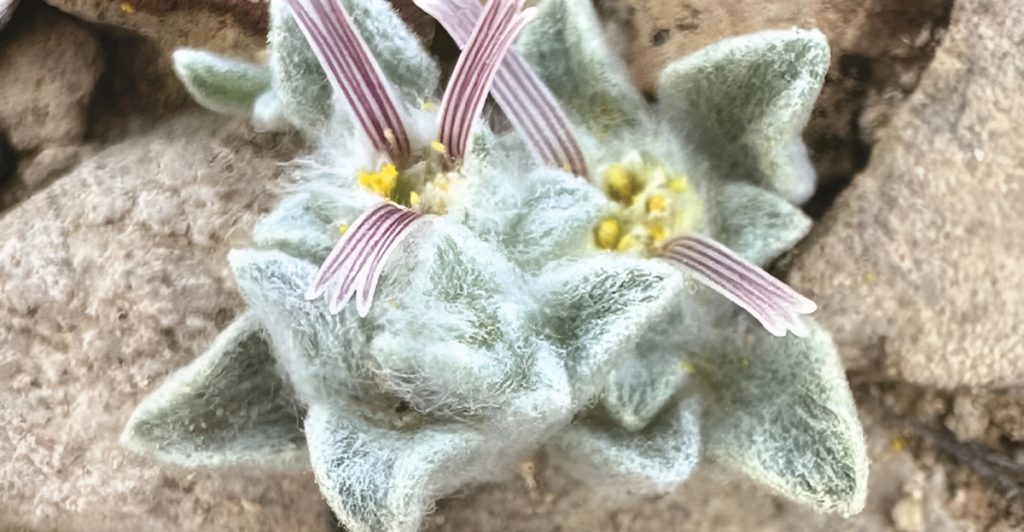
For the first time in half a century, a new plant species has been discovered in a national park. The “Wooly Devil” (Ovicula biradiata) was first spotted by a volunteer in Texas’ Big Bend National Park. After extensive research, including DNA analysis, scientists confirmed this wasn’t merely a new species but an entirely new genus within the daisy family. This finding challenges the assumption that North American flora has been comprehensively cataloged and reminds us that even well-studied protected areas can harbor undiscovered biodiversity.
The discovery challenges the idea that national parks have been fully explored and proves nature still holds astonishing secrets. The Wooly Devil is a testament to nature’s resilience and the ongoing need for exploration in conservation efforts.
The Discovery Journey
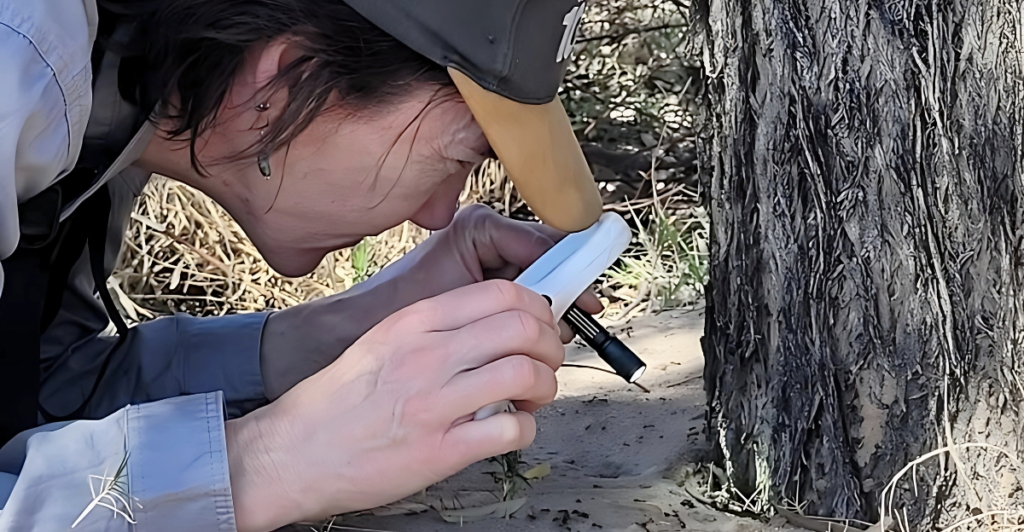
The Wooly Devil’s journey from an unnoticed plant to a scientific marvel began with a single observation. A botany volunteer in Big Bend National Park spotted an unfamiliar flowering plant that didn’t match any documented species. Park officials launched an investigation, cross-referencing plant databases, consulting botanical experts, and analyzing genetic material to ensure accuracy. DNA testing revealed it was not just a new species but distinct enough to warrant its own genus, a rare and significant event in botanical science.
This rigorous process follows the same scientific verification standards used worldwide when identifying new organisms. The meticulous classification highlights the importance of national parks as living laboratories and shows how technological advancements, such as genetic sequencing, continue to revolutionize species identification in the modern age.
Botanical Characteristics – What Makes the Wooly Devil Unique
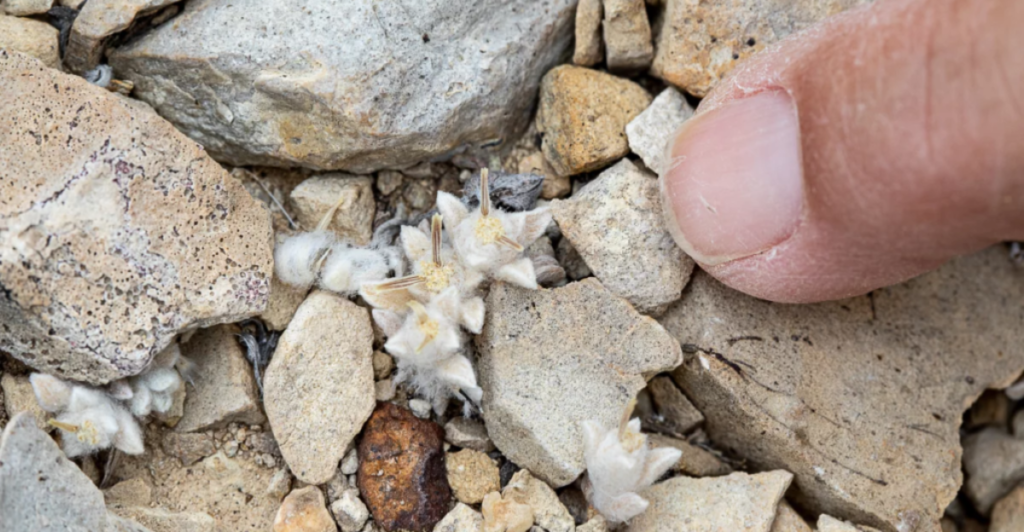
Ovicula biradiata stands apart from its floral relatives due to its unusual morphology and genetic distinctiveness. Unlike the towering sunflowers of the daisy family, this plant is tiny, growing only 1 to 7 centimeters in diameter. Its name, “ovicula,” meaning “tiny sheep,” references its soft, woolly texture, while “biradiata” refers to the two distinct ray-like petals that emerge from each bloom. Its leaves are covered in dense trichomes, giving it a fuzzy appearance that helps reduce water loss in its arid environment.
Despite sharing traits with paperflowers and bitterweed, genetic markers indicate it branched off evolutionarily millions of years ago. Its unique structural adaptations and remote habitat highlight how plants evolve to survive in extreme environments, demonstrating nature’s endless capacity for adaptation and differentiation.
Ecological Niche – A Limited Range Species
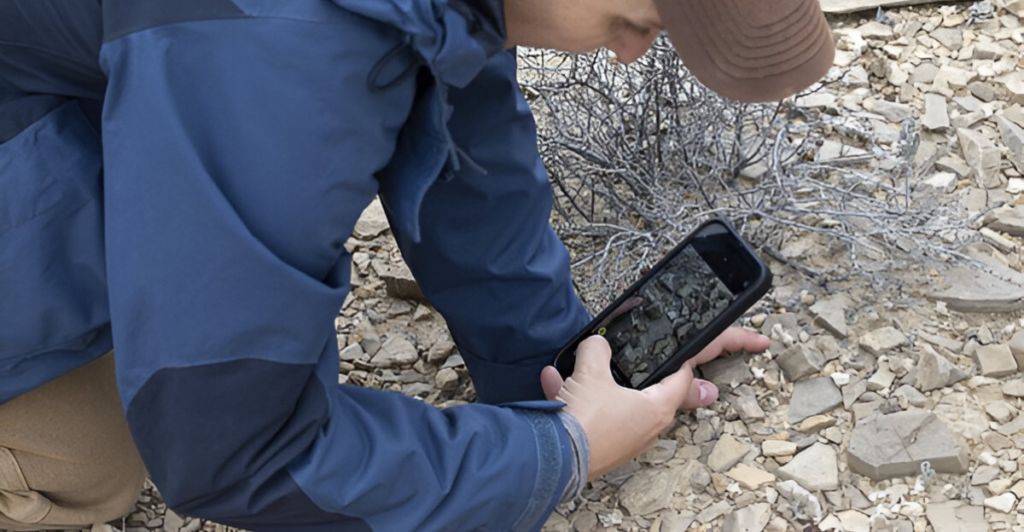
The Wooly Devil’s presence is limited to just three known locations within Big Bend National Park’s sprawling 800,000 acres, making it a prime example of a highly specialized species. Its restricted range suggests it has adapted to unique microhabitats with specific soil compositions, moisture levels, and sun exposure. Studies indicate that over 80% of newly discovered mammal species also have limited distributions, which can make them highly vulnerable to habitat disruptions.
The Wooly Devil may thrive in a delicate ecological balance, dependent on conditions not found elsewhere. This discovery raises important conservation questions—how many other rare, undiscovered species are hiding in overlooked ecosystems? Its rarity emphasizes the importance of continued exploration and the need to protect fragile habitats before they are lost to environmental changes.
Medicinal Potential – Beyond Botanical Interest

Beyond its botanical significance, the Wooly Devil may hold medicinal value. Early studies reveal that its glandular structures resemble those found in plants with anti-inflammatory and anti-cancer properties. Some of the world’s most important pharmaceuticals, including aspirin (from willow bark) and the chemotherapy drug paclitaxel (from Pacific yew), originate from plants with limited ranges.
Given its novelty, researchers are now exploring whether Ovicula biradiata produces unique biochemical compounds with potential medical applications. The connection between biodiversity and medicine highlights a pressing issue—extinction risks eliminating unknown medicinal resources before they are studied. By preserving biodiversity hotspots like Big Bend, scientists ensure that plants like the Wooly Devil aren’t lost before their full potential is understood, reinforcing the vital role of conservation in advancing medical science.
Why This Discovery Matters
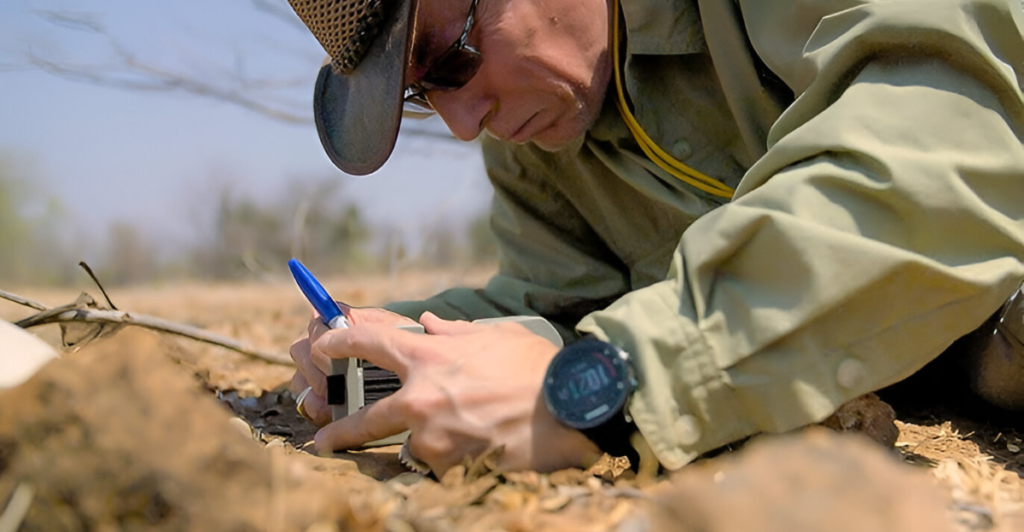
The discovery of the Wooly Devil is historically significant, marking the first new plant species identified in a U.S. national park in 50 years. Despite extensive botanical surveys, scientists had assumed that most plant species in North America were already classified. Globally, around 2,000 new plant species are described each year, but these are mostly found in the tropics, where biodiversity remains largely unexplored.
The Wooly Devil’s emergence in a well-documented region challenges this perception and suggests that even national parks, which receive dedicated conservation efforts, may still harbor scientific surprises. This rare discovery proves that nature’s full inventory is far from complete and underscores the need for continuous exploration, especially as climate change and habitat destruction threaten biodiversity at an unprecedented rate.
Biodiversity Implications – What We’re Still Missing
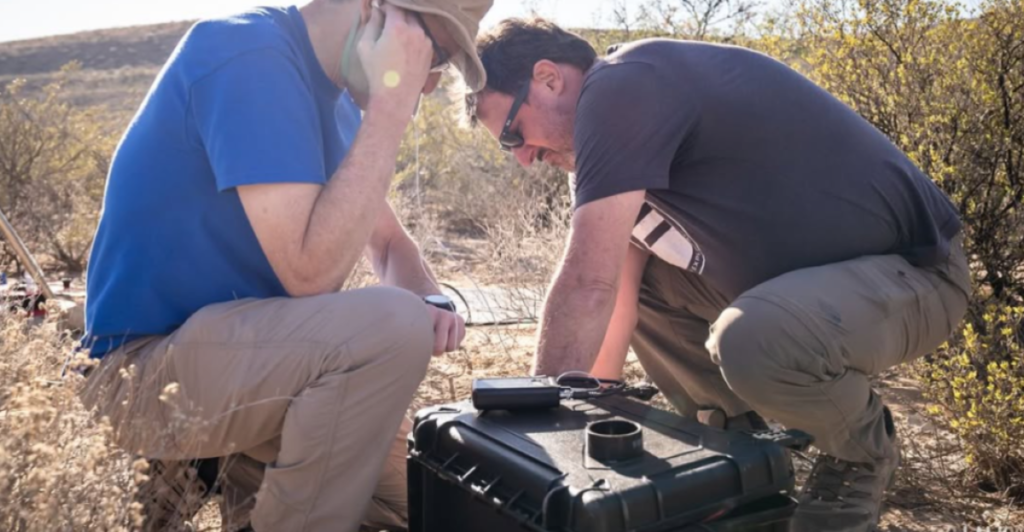
The discovery of the Wooly Devil highlights a broader truth: our understanding of biodiversity remains incomplete. In the past three decades, over 400 new mammalian species have been documented, many of them distinctive and easily identifiable, defying the assumption that undiscovered species are always microscopic or cryptic. While 60% of these newly found mammals were identified through genetic differentiation, 40% were visibly unique.
This suggests that species are still hiding in plain sight. The Wooly Devil’s identification in a heavily studied national park supports the idea that many organisms have yet to be found, even in familiar landscapes. This revelation reinforces the urgency of biodiversity surveys, especially in habitats under threat, and challenges complacency in conservation, proving that there is still much to learn about Earth’s ecosystems.
Conservation Challenges – Protecting What We Just Found
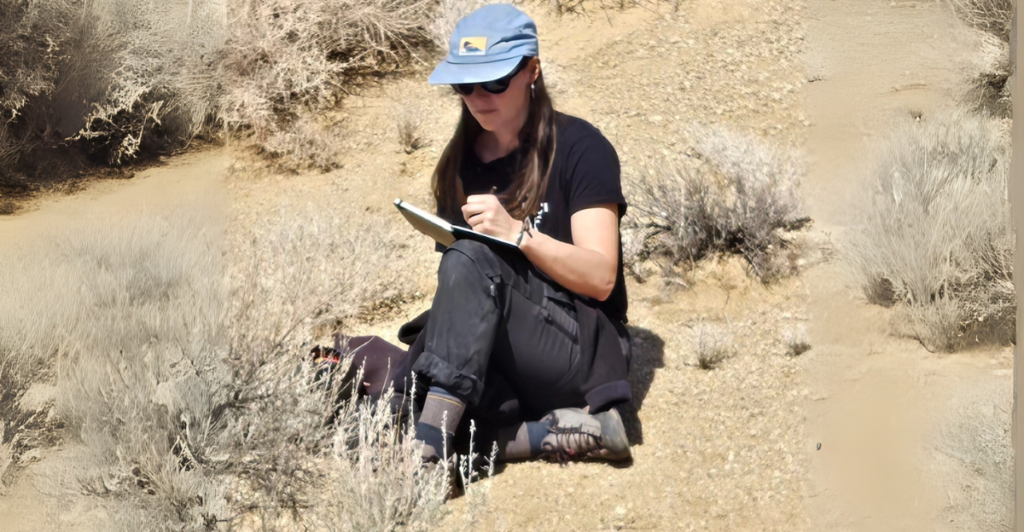
Newly discovered species, particularly those with limited distributions like the Wooly Devil, face immediate conservation concerns. Scientists warn that human-caused environmental changes—such as shifting nitrogen levels, atmospheric CO2 increases, and altered rainfall patterns—could drive species to extinction before they are fully understood. Research suggests that species with small ranges are especially vulnerable because they lack the genetic diversity to adapt rapidly.
The Wooly Devil’s habitat in Big Bend National Park offers some protection, but broader environmental shifts could still pose risks. Its discovery raises an important conservation question: how many other species are being lost before they are even identified? Protecting unknown biodiversity requires preemptive conservation efforts, supporting habitat preservation, and ensuring that scientific exploration remains a priority in protected areas.
Citizen Science – The Power of Public Participation
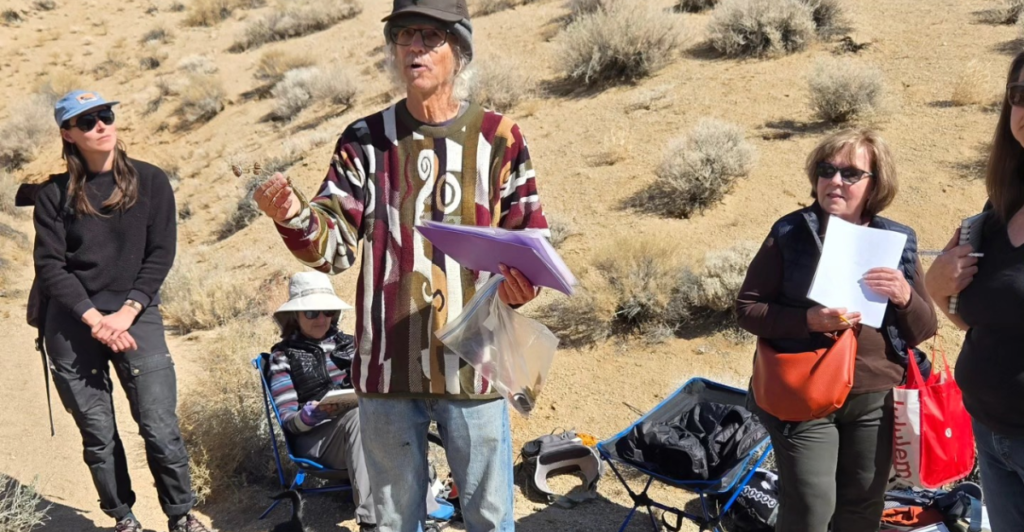
The discovery of the Wooly Devil by a volunteer highlights the increasing importance of citizen science in biodiversity research. Non-experts are making significant contributions, as shown by the 7-year-old Junior Ranger who found a 32-million-year-old saber-tooth cat fossil in Badlands National Park. Platforms like iNaturalist allow amateurs to upload observations, which can lead to significant discoveries. This democratization of science provides researchers with access to more data than ever, expanding the potential of biological surveys.
National parks serve as ideal locations for citizen-led research, as they provide both protection and accessibility. By engaging the public in scientific discovery, we expand our capacity to document and protect biodiversity, proving that anyone with curiosity and a keen eye can make meaningful contributions to science.
Beyond a Single Discovery
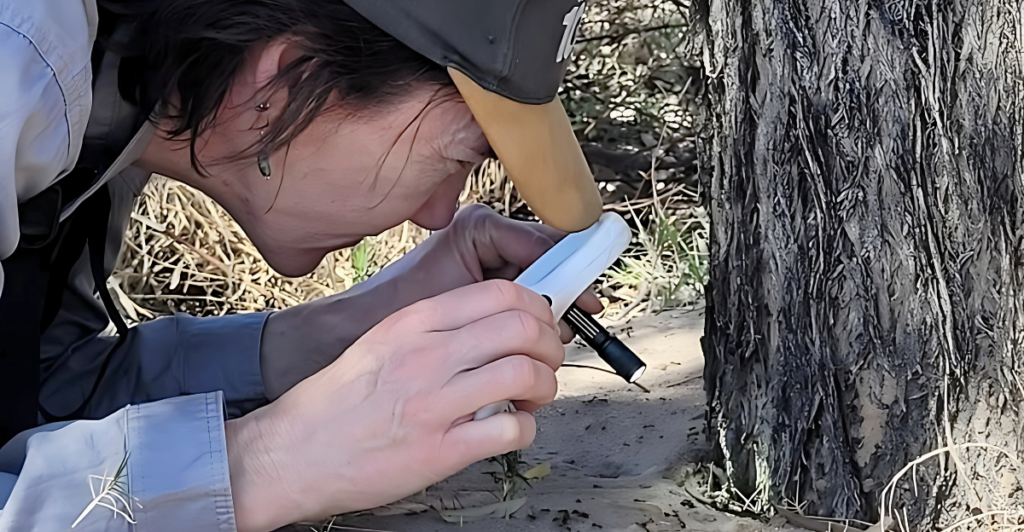
The Wooly Devil’s discovery goes beyond botanical interest, serving as both a warning and an inspiration. It warns us that biodiversity is still largely undocumented and, therefore, underprotected. Even well-studied landscapes contain secrets, challenging the assumption that only remote tropical regions harbor unknown species. Simultaneously, it offers hope—showing that conservation efforts in national parks succeed in preserving undiscovered biodiversity and that ordinary individuals can contribute to scientific advancements.
As environmental challenges intensify, this discovery reinforces the importance of ongoing exploration, rigorous classification, and conservation. The Wooly Devil reminds us that nature remains full of mysteries, and uncovering them is essential for protecting the planet’s fragile ecosystems for future generations.
Explore more of our trending stories and hit Follow to keep them coming to your feed!

Don’t miss out on more stories like this! Hit the Follow button at the top of this article to stay updated with the latest news. Share your thoughts in the comments—we’d love to hear from you!



